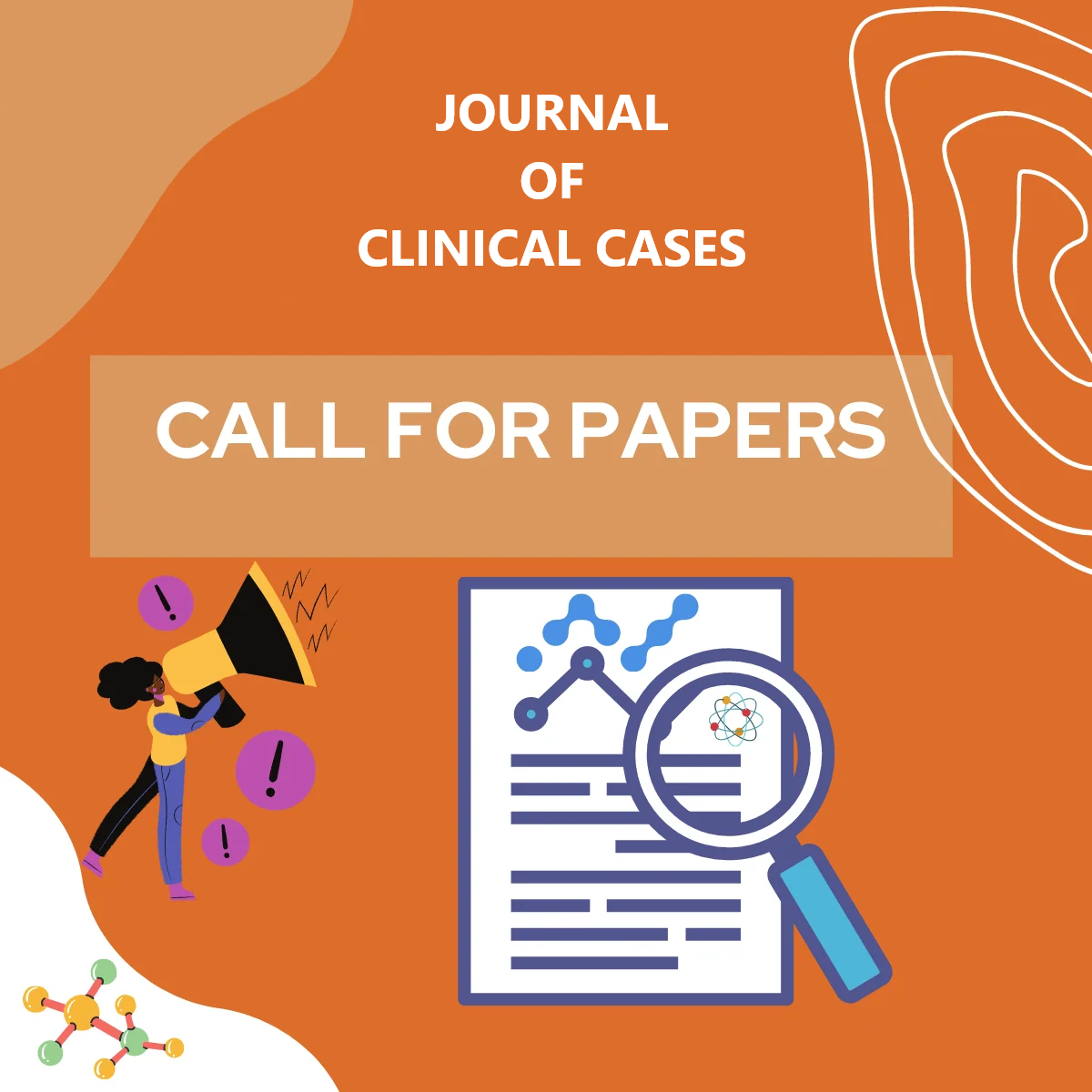Journal Citations
- Crossref
- PubMed
- Semantic Scholar
- Google Scholar
- Academia
- SCRIBD
- ISSUU
- Publons
- MENDELEY
Share This Page
Journal Page

Aplastic Anemia In Two Siblings Due To Use Of Organochlorine Pesticide Lindane
Kilinc Y, TuncelDS, AlmaciogluM and Ozkaya PK
Departments:
SANKO University, Faculty of Medicine, Department Of Pediatrics,
Division of Pediatric Hematology, Adana City Hospital, SANKO
University Faculty of Medicine, Department of Pediatrics.
City Hospital, Adana.
SANKO University, Dept. Of Pediatrics.
Corresponding Author: Dr. Yurdanur Kilinc
Published Date: 20 March 2024; Received Date: 27 February 2024
ABSTRACT
Introduction: Aplastic anemia (AA) is a hematopoietic disorder with high risk of death and characterized by pancytopenia and hypocellularity of bone marrow. The suspected etiological factors are the losses and/or functional disorders of the stem cells, ultrastructural defects of bone marrow elements, abnormalities of regulatory growth factors in blood and autoimmune inhibition of hematopoiesis [1]. Although the incidence of aplastic anemia is [3-5] per million in the general population, [2-4] per million in childhood under 15 years and is more frequent in the eastern countries compared with western countries; the Asiatic populations sare [2-3] fold more than the other populations [3-7]. Also, illiterate people have higher risk for acquired aplastic anemia

